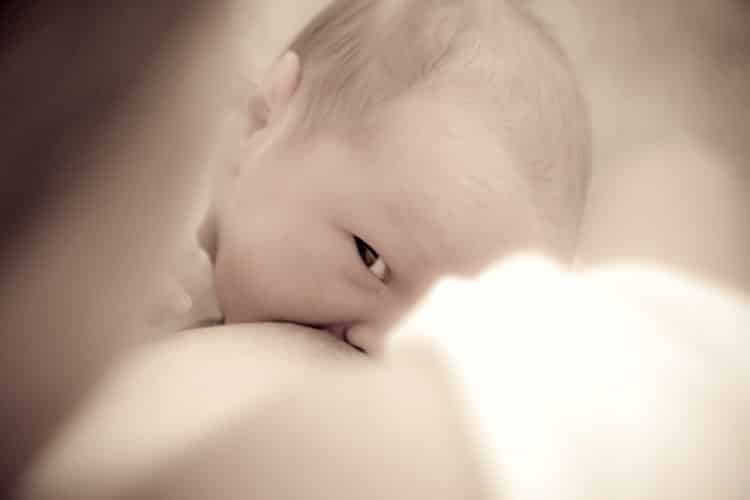Hello Parents,
Today I want to talk about fungal infections during breastfeeding, which is medically known as mycosis. Mycosis is a fungal infection caused by the pathogen agent Candida Albicans.
In this article:
- Baby fungal infections/mycosis
- Mother fungal infections/mycosis
- Treating mycosis
In the days following childbirth, a mother (vaginally or on her nipples) and baby (mouth or anus) will rarely have a fungal infection or mycosis. The infection is more frequently identified during appointments 3-4 weeks postnatal. Usually, this is when the symptoms are identified. Be vigilant, and talk to your health professional about your symptoms so they can screen you or your baby for mycosis.
Baby fungal infections/mycosis
It’s usually pretty easy to detect mycosis in babies. When examining their mouth, the caregiver will note the clear presence of red and white pimples on the inside of their cheeks and lower lip. Don’t confuse a breastfed baby’s white tongue with mycosis. If the baby doesn’t have pimples elsewhere or other symptoms, don’t treat them for mycosis. It’s natural for their tongue to be a bit white.
When the baby has a mouth infection, it will also extend into their gastrointestinal system. So we can observe red and white pimples around their anus. During the 3 week postnatal exam, it’s easier to recognise the infection by checking the anus rather than the mouth. If the baby has pimples around their anus, it means they have them in their mouth too. If they have pimples in their mouth, the mother is also infected. So the mother and baby need to be treated at the same time to stop the infection from spreading.
If the anus is infected, it’s very painful for the baby. When they pass gas, urine or stool, it will burn. This is why infected babies are often more irritable.

Mother fungal infections/mycosis
At the start of a fungal infection, nothing is evident on the mother’s breasts. Usually, there will be slight redness and oedema (swelling) of the areola, but nothing 100% conclusive. The important symptoms include:
- A burning feeling of her nipples;
- Very painful latching;
- Burning sensation in her breasts during breastfeeding but also between sessions. There may also be a twinging sensation as well.
Educational video from Marie
There are many causes of mycosis.
For mothers:
- If she had a lesion (cracking or crevice) on her nipples within the first couple of days after childbirth. The lesion is an open door to infection. For fungi, a nourishing, damp and warm breast is paradise! You first have to heal the wounds then eliminate the infection.
- Taking antibiotics during labour or delivery (for the mother) or after childbirth (for the baby) to treat infections have an impact on intestinal microbiota. It modifies the pH (alkalinity and acidity), which reduces the natural intestinal barrier and more subject to mycosis infections.
- Repeated vaginitis. These mothers are known as chronic fungi carriers, even if they are asymptomatic (no clinical signs). They can infect their baby. If the fungal infections reoccur, you have to treat the mother and baby. If not, they will continue to infect each other.
- Diabetics are more predisposed to developing mycosis due to the sugar levels in their system.
- An overly sweet diet, including too many store-bought dishes or acidic foods can influence the appearance of mycosis in mothers and babies.
To continue reading, go to Treatments for Mycosis.


